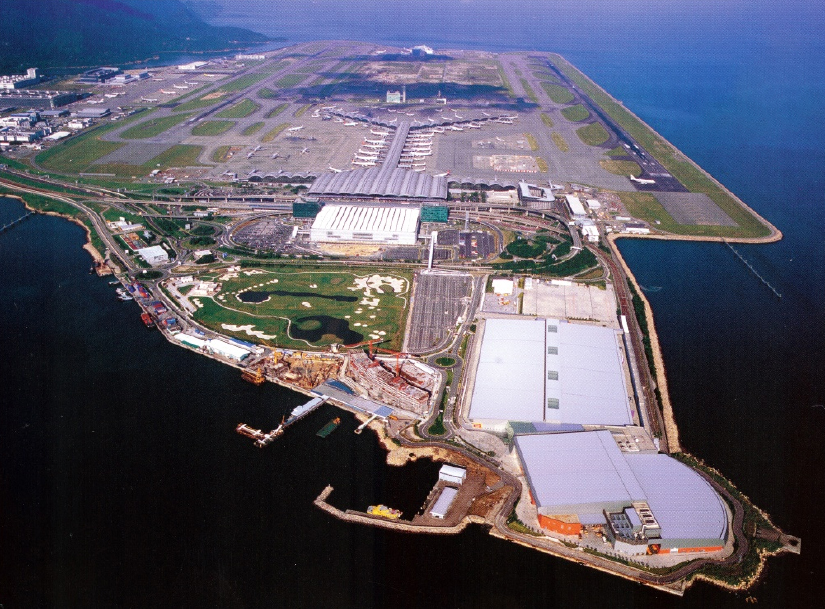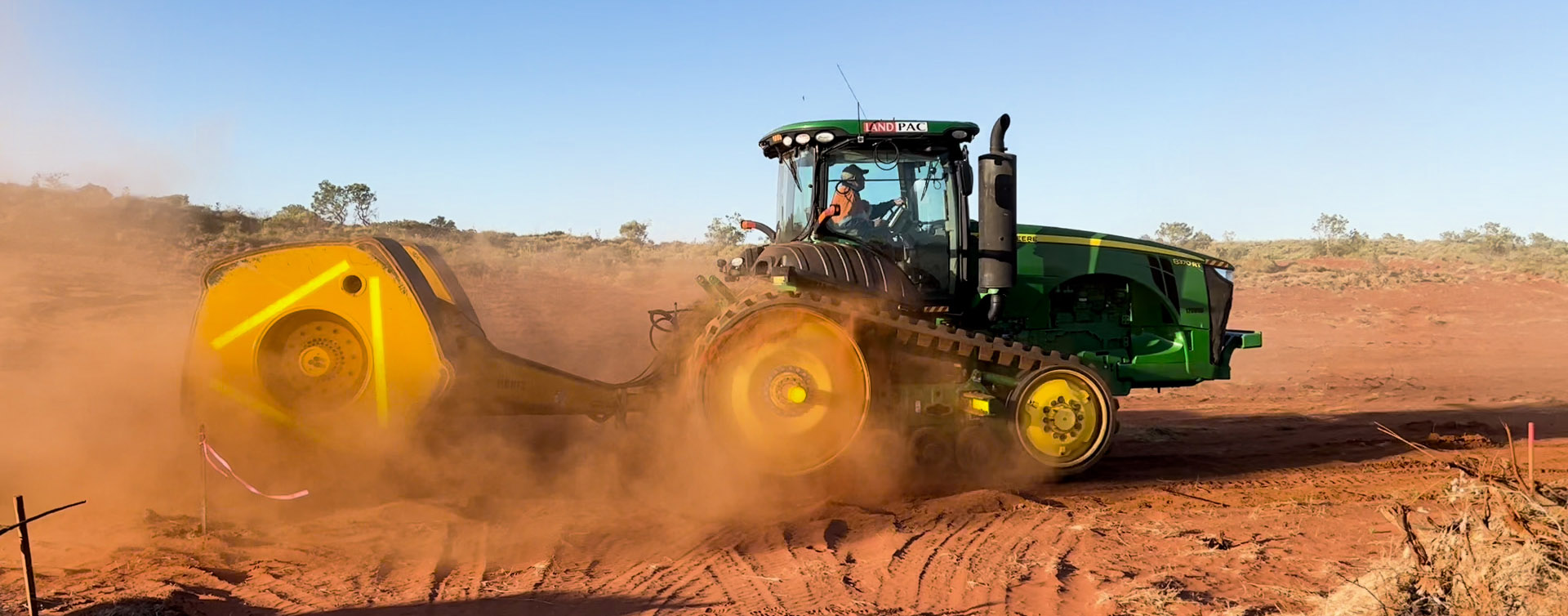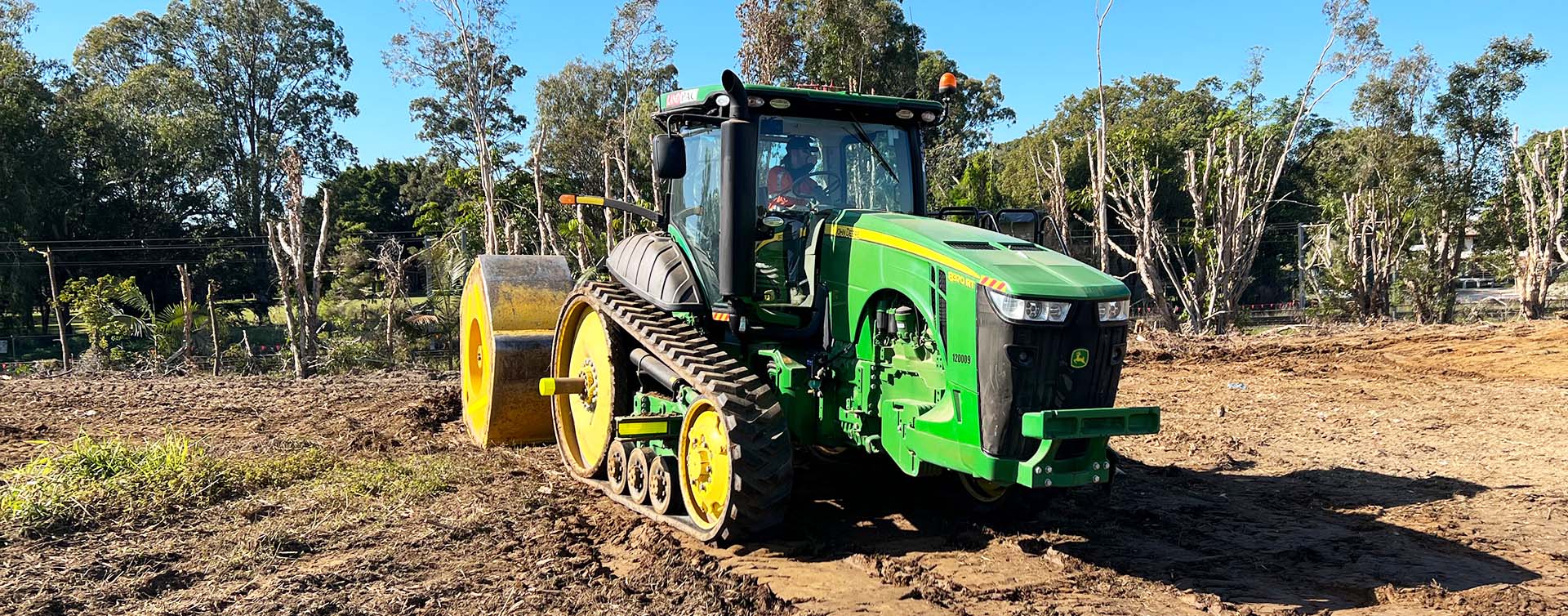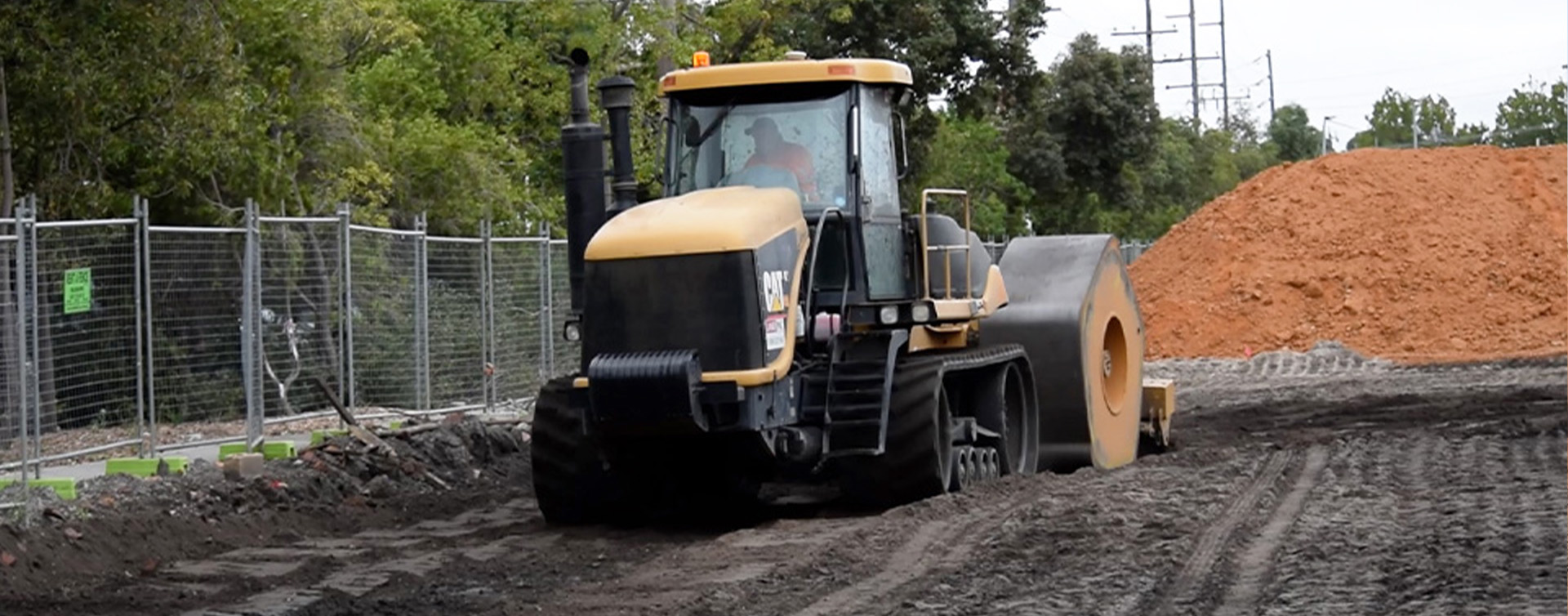Sustainable Land Reclamation
How is Landpac's High Energy Impact Compaction Transforming Australia's Maritime Industry through Effective Land Reclamation?
Australia’s maritime industry is a vital cornerstone of its economy, relying greatly on effective port infrastructure. Central to this infrastructure development is land reclamation, a process transforming water bodies into new land. This is particularly crucial for constructing ports, terminals, and marinas, essential to Australia’s trade. Within this context, Landpac plays a pivotal role with its High Energy Impact Compaction (HEIC) expertise, crucial in stabilising reclaimed land for the heavy demands and continuous activity of port operations.

The Significance of Land Reclamation in Australian Maritime Infrastructure
In Australia, the maritime industry is a crucial component of the national economy, heavily reliant on efficient port infrastructure. A significant aspect of developing such infrastructure involves land reclamation – the process of creating new land from oceans, riverbeds, or lake beds. This practice is particularly relevant in constructing ports, terminals, and marinas, which are integral to Australia’s trade and economy, contributing over $80 billion annually and supporting more than 31,000 jobs.
Landpac’s Role in Land Reclamation for Ports
Landpac’s expertise in High Energy Impact Compaction (HEIC) is pivotal in the land reclamation process, especially for port development. Given the heavy loads and continuous movement in ports, it’s crucial to ensure that the reclaimed land is stable and can withstand these demands.
Strengthening Reclaimed Ground
The reclaimed land used for port development needs to have high load-bearing capacity. HEIC by Landpac significantly increases soil density, making it robust enough to support heavy port infrastructure, like cranes and container stacks.
Stabilising New Land
Land reclamation often involves loose, unconsolidated soil. HEIC helps in achieving uniform compaction, reducing the risks of differential settlement – a common challenge in reclaimed land. This ensures a stable foundation for port operations.
Accelerating Development Timeframes
Traditional land reclamation methods can be time-consuming. HEIC offers a more efficient approach, compacting larger areas in less time. This accelerates the construction process, allowing ports to become operational sooner.
Eco-Friendly Approach in Port Construction
HEIC contributes to environmental sustainability in port development. By optimising the existing reclaimed soil, the need for additional fill materials and associated transportation is reduced, lowering carbon emissions and aligning with sustainable development goals.

The Synergy of Land Reclamation and High Energy Impact Compaction in Building Resilient Australian Ports
In the context of Australian maritime infrastructure, the integration of land reclamation and port development is key to sustaining the industry’s growth. Landpac’s High Energy Impact Compaction plays a critical role in this integration. By enhancing the stability and load-bearing capacity of reclaimed land, HEIC not only ensures the structural integrity of ports but also aligns with environmental sustainability objectives. As Australia continues to expand its maritime capabilities, the synergy between land reclamation and HEIC will be instrumental in building resilient and efficient port infrastructures.
The base on which progress is built
High Energy Impact Compaction (HEIC) is at the foundation of the projects that build key infrastructure assets such as shipping terminals, airports and other transport networks. You can rely on HEIC for major land reclamation projects. Get in touch to find out more.
Latest news

Ground Improvement Solutions
Ground improvement is a fundamental aspect of civil and geotechnical engineering, crucial for ensuring the stability and integrity of construction projects such as roads, buildings, bridges, or residential areas.

Reviving Land with Purpose and Precision
Land rehabilitation represents a critical environmental endeavor, aiming to restore the natural state of land after the ravages of mining or other forms of degradation.

Deleterious Material Sites with HEIC
One primary concern with deleterious materials is their containment. HEIC plays a pivotal role here, compacting the soil to form a denser barrier.
